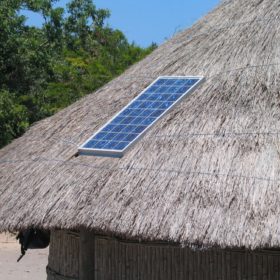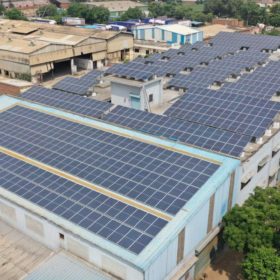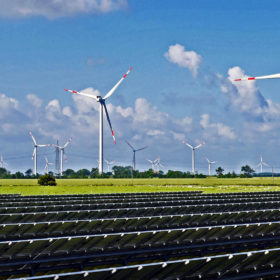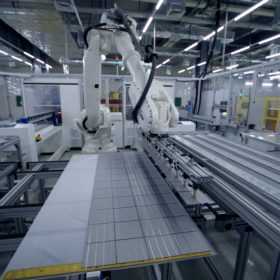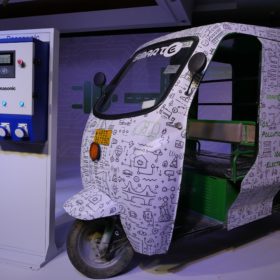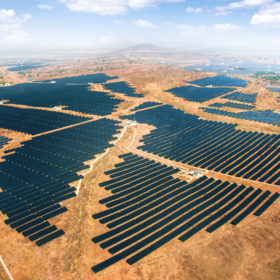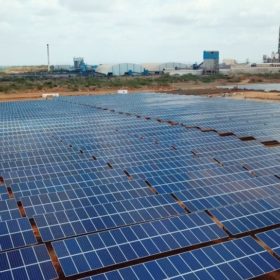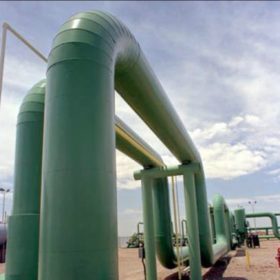Financial feasibility of behind-the-meter solar-plus-storage in India
A new report says solar-plus-energy storage will become an attractive investment option for commercial consumers in India as early as 2023 for electricity bill reduction. For high-tariff paying residential consumers, the system will reach grid parity post-2027. The report findings are based on the levelized cost analysis of solar-plus-energy storage systems for consumers in the Indian State of Tamil Nadu.
Solar manufacturers warn of 12-18 months disruption for standalone products
Potential price rises of 14% for the solar home systems that are driving access to electricity in the world’s under-served regions could signal further arrested progress towards the UN goal of universal access by 2030.
MYSUN secures INR 15 crore for rooftop solar expansion
The rooftop solar solutions provider will utilize the funds for its existing and new pipeline of distributed PV projects under its asset vehicle MYSUN+.
AIIB approves US$50 million for Enel Green’s 300 MW solar project
Italy’s Enel Green Power is developing the solar project in the Bikaner district of Rajasthan. The total project cost is approximately US$200 million.
India’s renewable energy subsidies fell nearly 45% since their FY 2017 peak
A new report finds that renewable energy subsidies in India fell by 45% from INR 15,470 crore (US$2074 million) in the fiscal year (FY) 2017 to INR 8,577 crore (US$1150 million) in FY 2020.
No excuses, India must ramp up solar manufacturing to reduce reliance on imports
Through various initiatives and schemes, the Indian government has created a conducive environment for industry stakeholders to expand domestic manufacturing. The industry should seize the opportunity to ramp up capacity and manufacture emerging technologies such as monocrystalline (mono-Si), bifacial and half-cut cells, micro-inverters, and tracking equipment, all of which promise further solar efficiency gains over the coming years.
IEEFA warns the financial risk for new coal under-estimated
A new IEEFA report says the levelized cost of energy (LCOE) for coal in India is calculated based on an overestimation of factors such as utilization rates. The deemed low cost per unit of energy makes coal-fired plants look more attractive to potential investors than these really are!
FAME II subsidy scheme extended by two years
The second phase of the Faster Adoption and Manufacturing of (Hybrid) and Electric Vehicles (FAME) subsidy scheme to promote electric mobility in India will now run until March 31, 2024.
MUFG closes US$ 163 million finance for Azure Power’s 300 MW solar project
The latest transaction follows MUFG’s commitment to the debt funding facility for Adani Green’s under-construction hybrid portfolio of solar and wind projects in Rajasthan.
Fourth Partner Energy raises US$125 million in equity funding from Norwegian and US investors
The Hyderabad-based corporate solar solutions provider would use the funds towards business expansion across Indian and International markets as it targets 3 GW of installed solar capacity by 2025.

